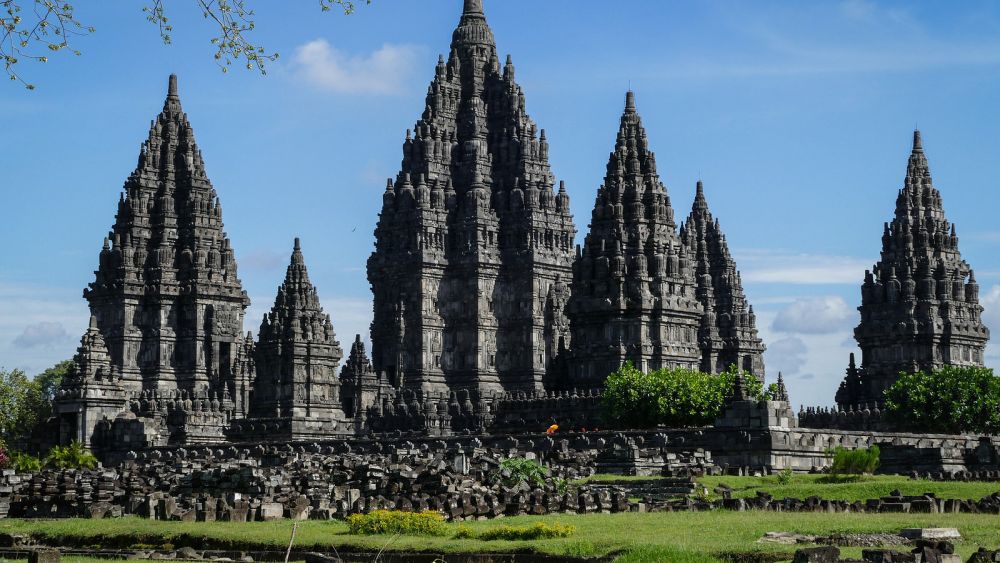

Prambanan Temple, a majestic Hindu temple complex in Yogyakarta, Indonesia, has long attracted tourists from around the world with its impressive architecture and rich cultural heritage. Dating back to the 9th century, it is the largest temple dedicated to Shiva in Indonesia and one of the most significant Hindu religious sites in Southeast Asia.
Initially built during the reign of the Sanjaya Dynasty, Prambanan was part of a grand cultural and political landscape in central Java. The temple complex was designed to honor the Trimurti gods of Hinduism: Brahma the creator, Vishnu the preserver, and Shiva the destroyer. However, with the decline of Hinduism in the region and the conversion to Islam in the 16th century, the majestic temple was abandoned and fell into disrepair, hidden for centuries under volcanic ash and jungle growth.
The rediscovery of Prambanan began in the early 19th century during British and Dutch colonial times. The British Governor of Java, Thomas Stamford Raffles, took a keen interest in the island's history and was instrumental in the initial clearing and study of the site. Following Dutch colonial efforts to document and restore the temples, Prambanan began to capture the attention of scholars and the public. Over time, the Indonesian government and international organizations have continued restoration work, though it has been both complex and challenging due to earthquakes and volcanic activity.
With increasing awareness, the temple complex soon turned into an important tourist destination. In 1991, UNESCO designated Prambanan as a World Heritage Site, greatly enhancing its international profile. The Indonesian government also ramped up preservation and tourism efforts, making the temple complex more accessible and facilitating visitor engagement.
The modern tourism era has seen Prambanan as a focal point for cultural festivals and performances. The famous Ramayana Ballet, performed against the backdrop of the temple's lit façades, draws considerable crowds during its performance season. Further, visitor facilities have been developed, including a well-organized visitor center, guided tours, and multilingual information.
In recent years, sustainable tourism has become a focus to preserve Prambanan for future generations. Efforts are being made to manage visitor numbers and impacts, as well as to involve local communities in tourism-related activities. Moreover, the rise of digital and social media platforms has increased the visibility of the temple complex, making it a must-visit destination on the global travel map. As part of the latest trends, virtual tours and augmented reality experiences are also being developed to enhance the visitor experience at Prambanan.
Despite its popularity, the site faces ongoing conservation challenges due to natural wear and tear. The Indonesian government and conservationists continuously work on the delicate balance between tourism, conservation, and local interests. Looking ahead, Prambanan Temple's tourism is set to grow, while ensuring that the wonders of this ancient site are preserved for millennia to come.